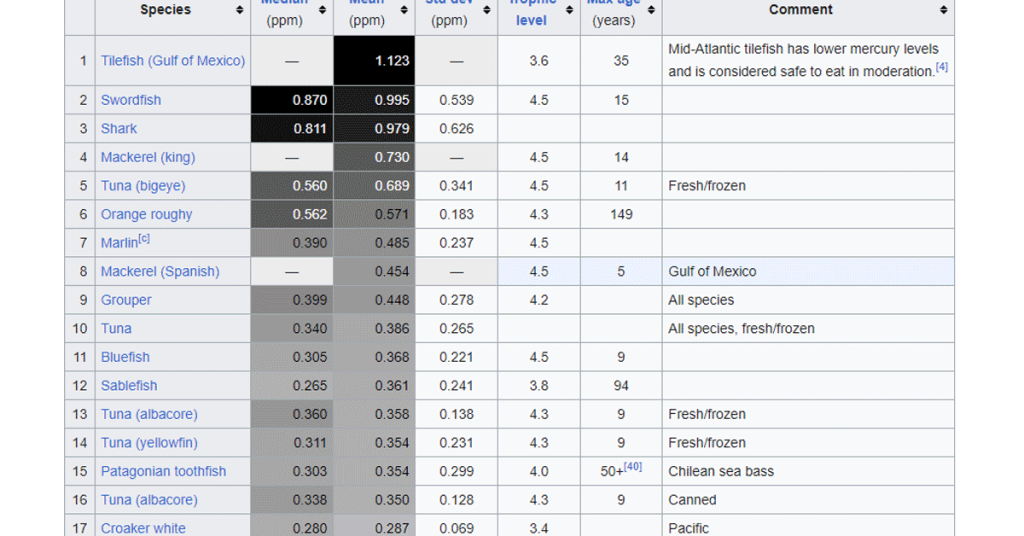Can you Eat Stingray? – The Ultimate Guide
Can you eat stingrays fish? Although it’s not the fish you see most often, it’s been a staple in many cuisines. However, many people are still confused if it is safe to eat, despite its widespread consumption in some areas. After all, stingrays isn’t exactly a common sight on restaurant menus. This article will delve into the matter and provide the solution to the question: “Is stingray edible?”
Everything you should know about this unusual and fascinating fish, from its nutritional worth to the possible risks to your health, as well as ideas on how you can prepare it, will be made available to you here. So, let’s go deeper into the context of stingray flesh.

What is a stingray?
Stingrays inhabit warm, shallow seas worldwide. They have diamond-shaped bodies and long, whiplike tails with one or more sharp spines or barbs. If touched, the spines may injure people. Stingrays eat tiny fish and crustaceans using their strong teeth. Some stingrays may hide in sand or other substrates. Stingrays only attack people when threatened, despite their lethal spines.
Can you eat Stingray raw meat?
Stingray is safe for raw consumption. However, keep in mind that the stingray’s tail barb can be venomous. Before eating a stingray, make sure the barb has been removed.
Is it safe to eat stingrays?
Stingray is a delicious seafood option. It is risk-free and safe, has a pleasant flavour, and is soft and juicy. Like mahi-mahi and bass, it may be cooked in a wide range of ways. Nearly every region with warm oceans has stingrays available for purchase.
Mercury level in Stingray fish
Stingrays have relatively low levels of mercury. Mercury is a risky metal that may build up in living organisms and lead to all sorts of issues. However, you’d have to consume a lot of stingray for the mercury content to become a health concern. This means that eating stingrays on a daily basis is quite safe.
What does Stingray Taste like?
The flavor of the Stingray is mild, with a slight sweetness to it. There is a distinct white tone to the meat, as well as a delicate texture, similar to that of crab or lobster. Ideally, it should be cooked until it is tender and delicious.
Health Benefits of Stingray Meat
Stingray meat’s nutritional value is a common concern. Stingray flesh contains a variety of essential elements, including those listed below.
- Stingray meat contains both macro- and micronutrients.
- Stingray flesh is high in protein, which is used to create and repair cells, tissues, and organs.
- Stingray flesh, like other seafood, is a good source of omega-3 fatty acids, which are beneficial to cardiovascular and nervous system health.
- Vitamins: Stingray flesh is an excellent source of vitamins B12 and D, which are essential for strong neurons, RBCs, and bones.
- Minerals: Stingray flesh is rich in several minerals, including the essentials selenium, phosphorus, and potassium.
How to cook Stingray fish?
Cooking stingrays is varied. Grill, bake, broil, or fry. Avoid overcooking stingrays. Rubbery stingrays are overcooked. Cooking it faster over high heat can prevent this. This will prevent drying. Before cooking, marinade fish. This adds flavour and moisture.
Cooking stingrays is varied. Grilled, roasted, fried, or steamed. Try this recipe:
Ingredients:
- 1-pound stingray fillets
- 1/2 milk
- olive oil
- 1.beaten egg
- Lemon wedges
- 1/2 cup all-purpose flour
- 1/4 teaspoon black pepper
Instructions:
- Preheat the oven to 400°F.
- Mix flour, salt, and pepper.
- Whisk egg and milk in another shallow bowl.
- Dip stingray fillets in flour, egg, then flour again.
- Olive oil in a large skillet over medium heat.
- Cook stingray fillets in the skillet for 2-3 minutes per side until golden brown and cooked through.
- Enjoy lemon wedges!
You can also read “Can we Eat Starfish?”
Consuming Stingray Fish May Be Dangerous to Your Health
It’s crucial to be aware of the possible health concerns involved with ingesting stingray meat, despite the fact that it’s considered a delicacy in many areas of the world. Some major health concerns include the following:
The spikes on a stingray’s tail are notorious for being painful and poisonous. These spines, if not handled appropriately, can result in significant damage or even death. Even while most stingray meat offered for human consumption has had the spines removed, contamination can still occur if the flesh is not properly prepared.
High amounts of mercury and other toxins have been found in stingrays, as they have in the flesh of many other forms of seafood. In particular, larger and older stingrays fall under this category. Polychlorinated biphenyls (PCBs) and mercury, two common pollutants, have both been related to cancer and other health concerns. Selecting stingray flesh from reliable sources and eating only a little amount at a time will help reduce your risk of exposure.
Some people may be allergic to stingray flesh, as they are to other seafood. Hives, swelling, and trouble breathing are just some of the possible symptoms. Stingray flesh should be avoided by anyone who has ever experienced an allergic reaction to seafood.

Conclusion
Is stingray edible? Yes, with key limitations. As we’ve seen, stingray meat is flavorful and healthy, yet it also poses health dangers. We’ve addressed stingray meat’s macronutrients, micronutrients, mercury, and allergic responses. If you can, try stingray fish flesh. Its delicate flavour and meaty texture complement soups, stews, curries, and stir-fries.






